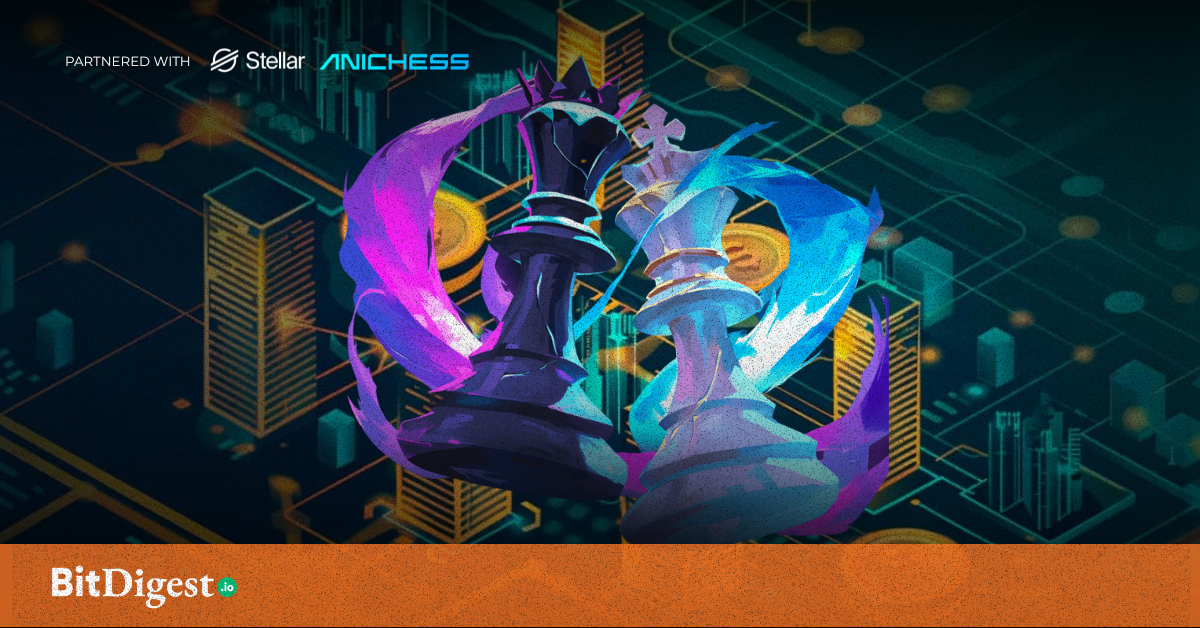Tether Integrates with Aptos Blockchain
Tether, the issuer of the world’s most widely used stablecoin, USDT, has had a remarkable year in 2024, with a record net profit of $5.2 billion in the first half of the year. Building on this momentum, Tether's is now strategically expanding to the Aptos blockchain, a move that promises even greater opportunities for its users and the rest of the ecosystem.
Tether’s strategy of deploying USDT across multiple blockchains ensures that its stablecoin remains widely accessible and versatile. This multi-chain approach has allowed Tether to dominate the stablecoin market, especially on platforms like Tron and Ethereum, where it has seen the highest adoption rates. Currently, Tron and Ethereum hold $60.82 billion and $52.99 billion of USDT, respectively.
However, although these platforms have greatly boosted Tether’s growth, they also come with limitations, particularly in terms of transaction costs and scalability.

Enter Aptos, a blockchain built to tackle these exact issues. The Aptos blockchain is a scalable, secure, and decentralized blockchain designed to overcome limitations like high fees, centralization, and security vulnerabilities in other networks. Launched in 2022, it uses the Move programming language, which is known for enabling safe and flexible smart contracts.
It also features low fees, upgradeability, and high transaction throughput, making it a powerful platform for decentralized applications aiming for mainstream adoption. Its Byzantine Fault-Tolerant consensus mechanism keeps the network secure. With future plans for sharding, Aptos may be even more scalable in the future.
One of the key differentiators for Aptos is its ability to offer faster and more cost-effective transactions compared to more established networks like Ethereum. Although Ethereum is a pioneer in the blockchain space, it is often criticized for its high gas fees. These make it impractical for everyday micropayments and other small-scale transactions, especially for users with less funding.
In contrast, Aptos is designed to lower these costs, making it more accessible to users globally. This aligns with Tether’s goal of promoting financial inclusion, particularly in emerging markets where high transaction costs are a barrier to quality financial services.
Comparison with Other Platforms: Ethereum and Tron
While Ethereum and Tron have been successful hosts for USDT, they represent different ends of the blockchain spectrum. Ethereum is the go-to platform for decentralized finance (DeFi) projects. It boasts a rich ecosystem but struggles with scalability and high fees. Tron, on the other hand, offers lower transaction costs and faster processing times, making it a popular choice for high-volume transactions, especially in Asia.
Aptos, however, combines the best of both worlds. It offers Tron’s scalability and efficiency along with Ethereum’s smart contract capabilities. This makes Aptos an attractive option for both developers and users looking for a balanced blockchain environment. For Tether, integrating with Aptos not only diversifies its blockchain presence but also positions USDT on a platform that is likely to see rapid growth as the DeFi space continues to evolve.

The launch of USDT on Aptos marks the beginning of a new chapter in Web3. As more users and developers migrate to the Aptos ecosystem, the platform is expected to see increased adoption and growth. This integration not only benefits the existing Aptos community but also attracts new users who are looking for a stable, reliable, and efficient blockchain platform.
.svg)

.svg) SHARE TO FACEBOOK
SHARE TO FACEBOOK SHARE TO TWITTER/X
SHARE TO TWITTER/X SHARE TO LINKEDIN
SHARE TO LINKEDIN SEND TO MAIL
SEND TO MAIL





.svg)


.svg)